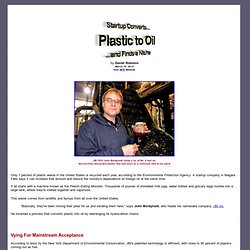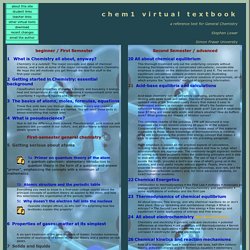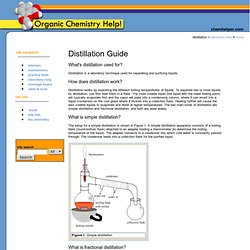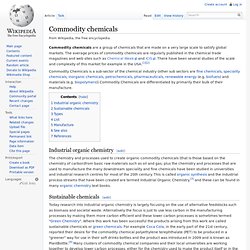

Startup Converts Plastic to Oil and Finds a Niche. By Daniel Robison March 19, 2012 from NPR Website JBI CEO John Bordynuik holds a jar of No. 6 fuel oil, derived from discarded plastic like that seen on a conveyor belt at his plant.

Only 7 percent of plastic waste in the United States is recycled each year, according to the Environmental Protection Agency. A startup company in Niagara Falls says it can increase that amount and reduce the country's dependence on foreign oil at the same time. It all starts with a machine known as the Plastic-Eating Monster. This waste comes from landfills and dumps from all over the United States. "Basically, they've been mining their piles for us and sending them here," says John Bordynuik, who heads his namesake company, JBI Inc. He invented a process that converts plastic into oil by rearranging its hydrocarbon chains. Vying For Mainstream Acceptance Bordynuik says that makes the case for this kind of recycling to go mainstream. "You could tap this right now and this is ready to go," he says.
Use the SIN List. The SIN List is a tool and resource that legislators, businesses and NGOs can use to identify hazardous chemicals according to the REACH criteria, substitute them with better alternatives and push the REACH process forward.

The primary goal of the SIN List is to increase the number of substances on the REACH Candidate List. But it is also being used as a guide by different actors working towards a toxic free world. Read about some of the inspiring examples below - and use the SIN List! For the latest news about the SIN List - how businesses are using it and how it is influencing legislation - see the Latest on SIN entry and the SIN Reporter newsletter. Chemistry Virtual Textbook. Acid-base chemistry can be extremely confusing, particularly when dealing with weak acids and bases.

This set of lessons presents an updated view of the Brønsted-Lowry theory that makes it easy to understand answers to common questions: What's the fundamental difference between a strong acid and a weak acid? Can acid A neutralize base B? Why are some salts acidic and others alkaline? How do buffers work? What governs the shapes of titration curves? This complete rewrite of the previous 1996 pdf document is now organized into seven lessons covering all aspects of the subject. Much emphasis is placed on the practical aspects of calculations, including how to deal with quadratic equations and how to judge when approximations are appropriate. Laboratory Help! Distillation. Distillation Guide What's distillation used for?

Distillation is a laboratory technique used for separating and purifying liquids. How does distillation work? Distillation works by exploiting the different boiling temperatures of liquids. To separate two or more liquids by distillation, you first heat them in a flask. What is simple distillation? The setup for a simple distillation is shown in Figure 1. Basic Concepts in Chemistry. Platform for Education and Government Relations. Products - INEOS Phenol. Petrochemical. The two most common petrochemical classes are olefins (including ethylene and propylene) and aromatics (including benzene, toluene and xylene isomers).

Oil refineries produce olefins and aromatics by fluid catalytic cracking of petroleum fractions. Chemical plants produce olefins by steam cracking of natural gas liquids like ethane and propane. Aromatics are produced by catalytic reforming of naphtha. Olefins and aromatics are the building-blocks for a wide range of materials such as solvents, detergents, and adhesives. Olefins are the basis for polymers and oligomers used in plastics, resins, fibers, elastomers, lubricants, and gels.[1][2] Global ethylene and propylene production are about 115 million tonnes and 70 million tonnes per annum, respectively. Primary petrochemicals are divided into three groups depending on their chemical structure: The prefix "petro-" is an arbitrary abbreviation of the word "petroleum"; since "petro-" is Ancient Greek for "rock" and "oleum" means "oil".
Commodity chemicals. Commodity chemicals are a group of chemicals that are made on a very large scale to satisfy global markets.

The average prices of commodity chemicals are regularly published in the chemical trade magazines and web sites such as Chemical Week and ICIS. There have been several studies of the scale and complexity of this market for example in the USA.[1][2] Commodity Chemicals is a sub-sector of the chemical industry (other sub sectors are fine chemicals, speciality chemicals, inorganic chemicals, petrochemicals, pharmaceuticals, renewable energy (e.g. biofuels) and materials (e.g. biopolymers)) Commodity Chemicals are differentiated by primarily their bulk of their manufacture.
Industrial organic chemistry[edit] Sustainable chemicals[edit] Today research into industrial organic chemistry is largely focusing on the use of alternative feedstocks such as biomass and societal waste. Types[edit] The official Web site of David A. Katz, Chemist, Educator, Expert Demonstrator...